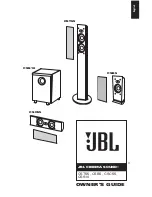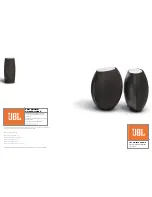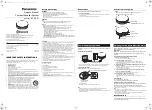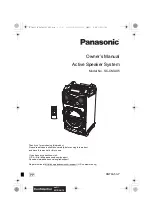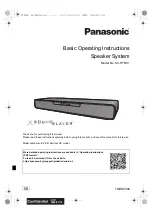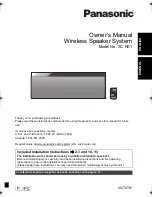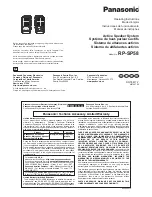
14
TECHNICAL ASSISTANCE CENTRE
FLUSHING THE SYSTEM
- Turn the knobs of the outlet and return valves (M) and (R)
fully anti-clockwise
- Close the flow regulator (V) (so that the screw slot is hori-
zontal)
- Open the cocks (A) and (B) on the return valve group
- Flush water in through the cock (B) and wait for it to come
out of the cock (A)
- Close the cocks (A) and (B) and re-open the flow regula-
tor (V) (so that the screw slot is vertical).
Return
group
Outlet
group
R
M
Pump
A
B
V
Graduated
scale in
l/min.
Flow
regulator V
position
CLOSED
position
OPEN
b
If copper piping has been used and joints have been
hot brazed, flush out the system to remove any braz-
ing residues. Seal test the system after you have
flushed it out.
b
Fill the solar collector with glycol/water mix immedi-
ately after flushing it out, because flushing water may
remain trapped in the circuit (with a consequent risk
of freezing).
ADJUSTING THE FLOW
Correct flow adjustment is essential to proper functioning
of the entire system.
Set the flow regulator (V) fully open (see figure above).
The pump is of the modulating type and is controlled by
the solar controller by means of a PWM signal. Refer to the
manual supplied with the solar controller to set the pump
flow rate range.
Make sure that the pump’s rated flow rate is suitable for the
number of solar collectors connected to the solar storage
cylinder.
PREMIXING WATER + GLYCOL
Glycol anti-freeze is supplied separately and must be pre-
mixed with water in a suitable container before being used
to fill the system. For example, a mix of 40% glycol and
60% water provides anti-freeze protection down to a tem-
perature of -21°C.
Anti-freeze
Temperature
Density
50%
-32 °C
1,045 kg/dm
3
40%
-21 °C
1,037 kg/dm
3
30%
-13 °C
1,029 kg/dm
3
b
The propylene glycol supplied is specially formulat-
ed for solar collector applications and remains fully
efficient throughout the -32 to +180°C temperature
range. It is also non-toxic, biodegradable and bio-
compatible.
b
Do NOT part fill the circuit with pure glycol then add
water later.
b
Do not use automatic or manual filling systems.
b
If the water supply is highly chlorinated, use distilled
water to prepare the glycol/water mix.
15 INITIAL STARTUP
FILLING THE SYSTEM
1 Turn the knobs of the outlet and return valves (M) and
(R) fully anti-clockwise.
Close the flow regulator (V) (so that the screw slot is
horizontal).
2 Open the manual bleed valve at the highest point in
the system and keep it open throughout the filling op-
eration.
3 Pump the heat transfer fluid around the circuit with an
external filling pump until all air bubbles have been
eliminated. Close the manual bleed valve and any vent
valves opened previously.
4 Temporarily raise the pressure in the system to 4 bar.
5 Start up the system for about 20 minutes.
6 Bleed the circuit again from step 2 until all the air has
been removed.
7 Set the pressure in the system to 3 bar.
8 Close the cocks (A) and (B) then use a 6 mm Allen key
to turn the flow regulator (V) anti-clockwise to open it.
a
Do not fill the system in bright, sunny conditions or if
the collectors are hot.
Technical Assistance Centre





















